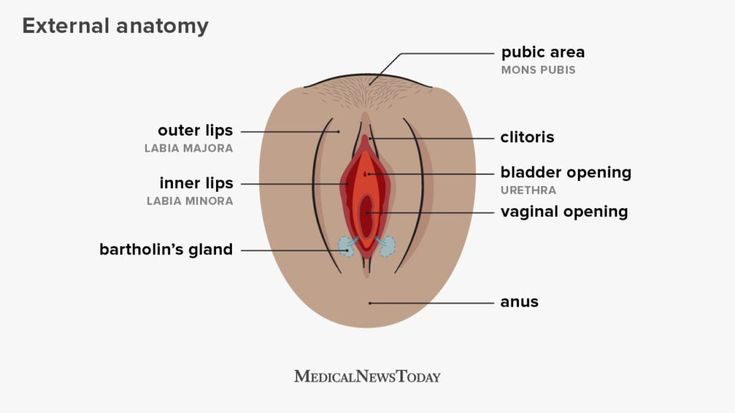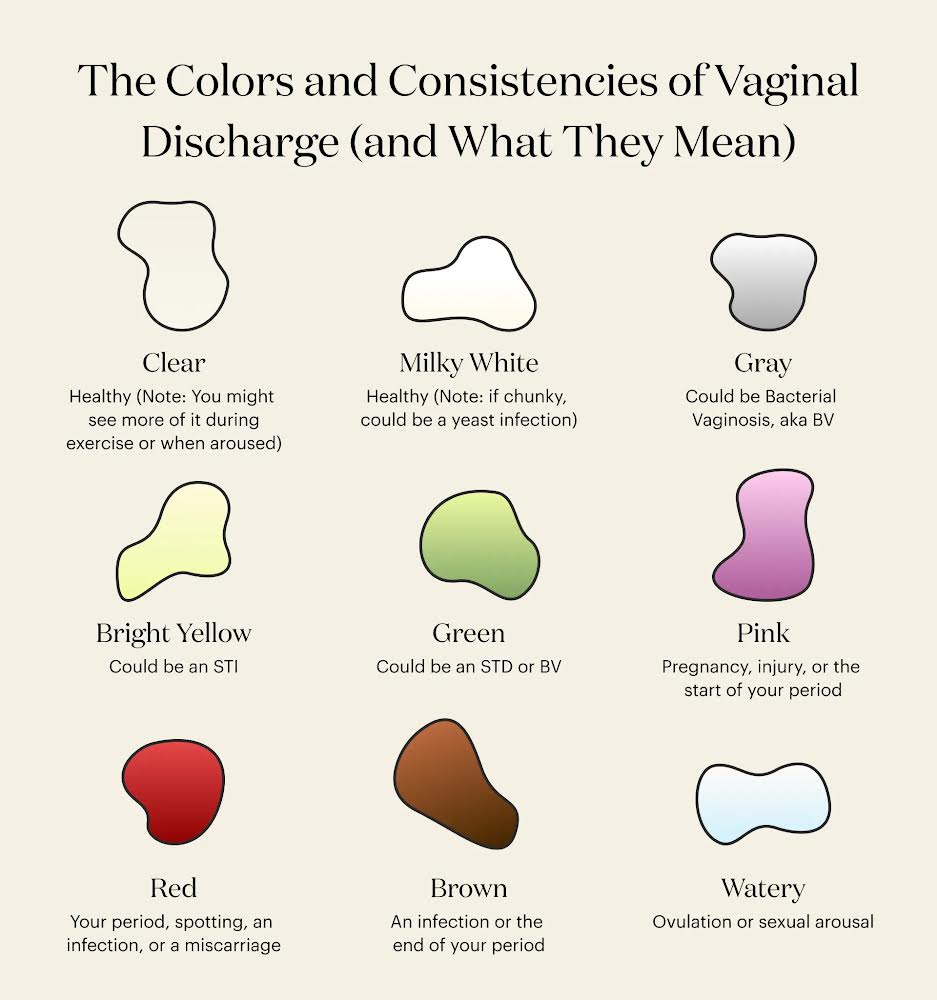Today, let’s delve into the intricate world of our vaginas and navigate the common disorders they may face. First, let’s explore the fundamentals of the female reproductive system.

Take note of the distinction between the urethra, the passage for urine, and the vagina, which serves as both a birth canal and the conduit for sexual intercourse. Also, consider the distance between the vagina and the anus – a detail that will become relevant later on.
Now, let’s talk about bacterial vaginosis, commonly known as BV. BV occurs when there’s an imbalance between the good and bad bacteria in your vagina. Symptoms may include a thin discharge, often gray or off-white in color, accompanied by a fishy odor that intensifies after sexual intercourse. How does BV happen? It’s essential to understand that our vaginas are self-cleaning ecosystems, each with its own pH and temperature. Therefore, it’s advisable to refrain from douching and limit cleaning to the outer regions, such as the labia majora and minora.
BV can occur when something disrupts this delicate balance, leading to an overgrowth of harmful bacteria. Factors like sexual activity, which alters the vagina’s pH due to ejaculatory fluids, or menstruation can contribute to BV. Remember the importance of proper wiping techniques – always front to back – to prevent the transfer of bacteria from the anus to the vagina. It’s worth noting that BV is not classified as a sexually transmitted infection and cannot be contracted from a toilet seat.
Moving on, let’s discuss trichomoniasis vaginalis, the only sexually transmitted infection under consideration today. While it can affect both men and women, symptoms in women may include itching, burning, redness, or soreness of the genitals, along with discomfort during urination and a yellowish or greenish vaginal discharge. Monitoring the color of vaginal discharge on your undergarments can help differentiate between various diagnoses.

Lastly, let’s address a condition nearly every woman experiences at least once: yeast infections, popularly known as “white.” Yeast infections result from an overgrowth of Candida Albicans fungus and can be triggered by factors like antibiotics, oral contraceptives, compromised immune systems, pregnancy, or even the use of certain fabric softeners or detergents. Contrary to popular belief, yeast infections are not caused by excessive sugar consumption but can be more prevalent among individuals with uncontrolled diabetes.
Symptoms of yeast infections include a thick, white discharge resembling cottage cheese, accompanied by intense itching and inflammation of the vaginal area. Scratching may lead to minor tears or cracks in the affected areas. To alleviate discomfort, consider using antihistamines like Piriton or Rhizin. Additionally, adopting preventive measures such as air-drying panties in sunlight, avoiding tight underwear, and promptly removing exercise or swimwear after activities can help reduce the risk of yeast infections.
Fortunately, these conditions are easily treatable. It’s advisable to ensure your partner receives treatment as well, especially if you engaged in sexual activity while experiencing symptoms. Remember, always consult a healthcare professional or visit your nearest pharmacy or clinic for proper diagnosis and treatment. We’re here to support you on your journey to vaginal health and well-being.
Explore our website for more valuable insights, practical tips, and delicious recipes to support your journey toward a healthier and happier you!

Join Weight Goals with Aba’s WhatsApp community and gain exclusive access to our hub of articles and recipes. Be part of a supportive community, receive valuable insights, and stay up-to-date with the latest in nutrition, fitness, lifestyle, and medicine. Elevate your weight goals journey by joining us today.

Talk to Aba